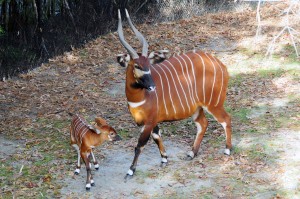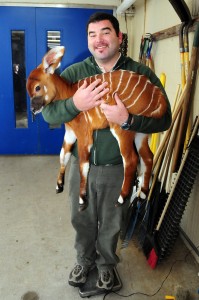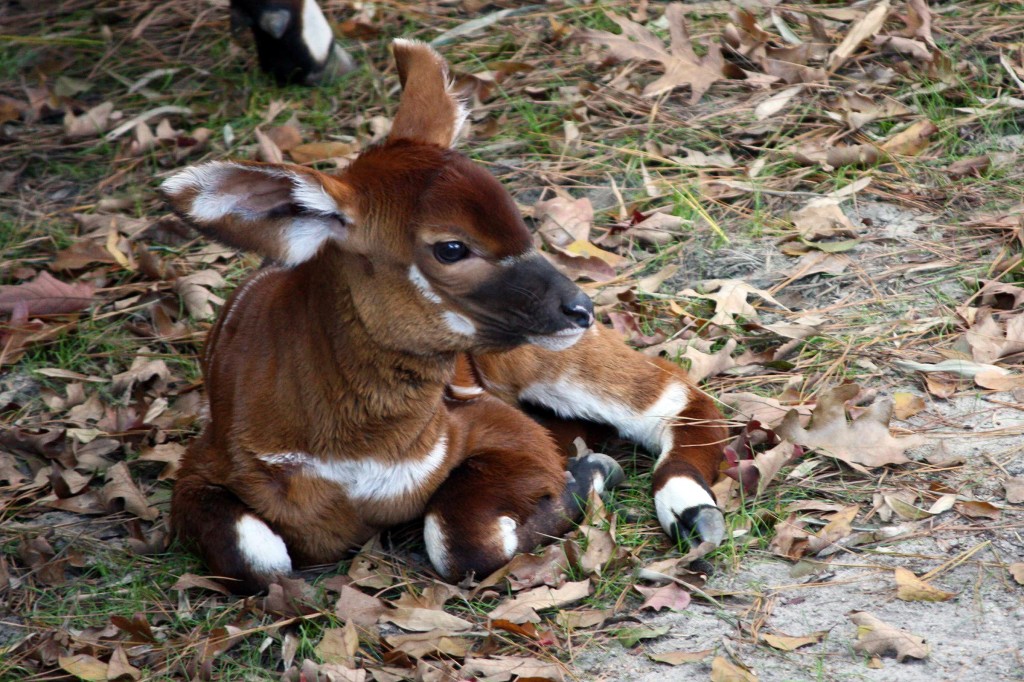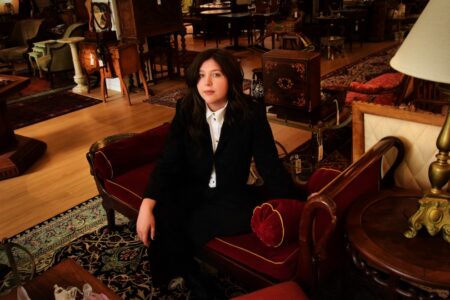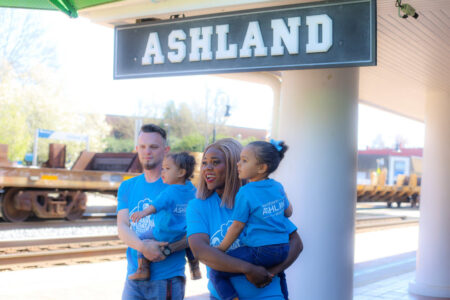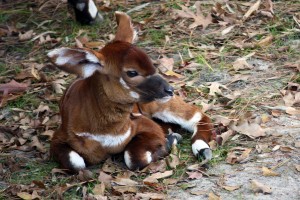 Another baby bongo, born at the Virginia Zoo Tuesday, Nov. 19, 2013 is now accepting visitors.
Another baby bongo, born at the Virginia Zoo Tuesday, Nov. 19, 2013 is now accepting visitors.
A female calf, yet to be named, is the fourth baby for mother Betty, and the second for father A.J. This follows the birth of half-sister Callie, born Nov. 2.
“Another bouncing baby bongo, what could be more fun?” asked Greg Bockheim, executive director of the Virginia Zoo.
The bongo breeding program is part of the Association of Zoos and Aquariums’ Species Survival Plan, which strives to preserve endangered species. As part of the effort, the Virginia Zoo sent one of its captive-born calves to Africa in 2004, to create a herd with other bongos from North American zoos.
Wild bongos live in dense forests in Kenya and other regions of Africa. The wild population is rapidly diminishing as its habitat is destroyed by human encroachment, and the animals are over-hunted for meat and for their horns.
Bongos are the largest and heaviest type of forest antelope, standing over 50 inches tall at the shoulder and weighing around 450 to 550 pounds. Their chestnut coats with white stripes provide camouflage in the forest shadows. Herds are comprised of females and calves, while males are more solitary. Bongos are most active at dawn and dusk. Females give birth to one calf per year and the gestation period is nine months.
